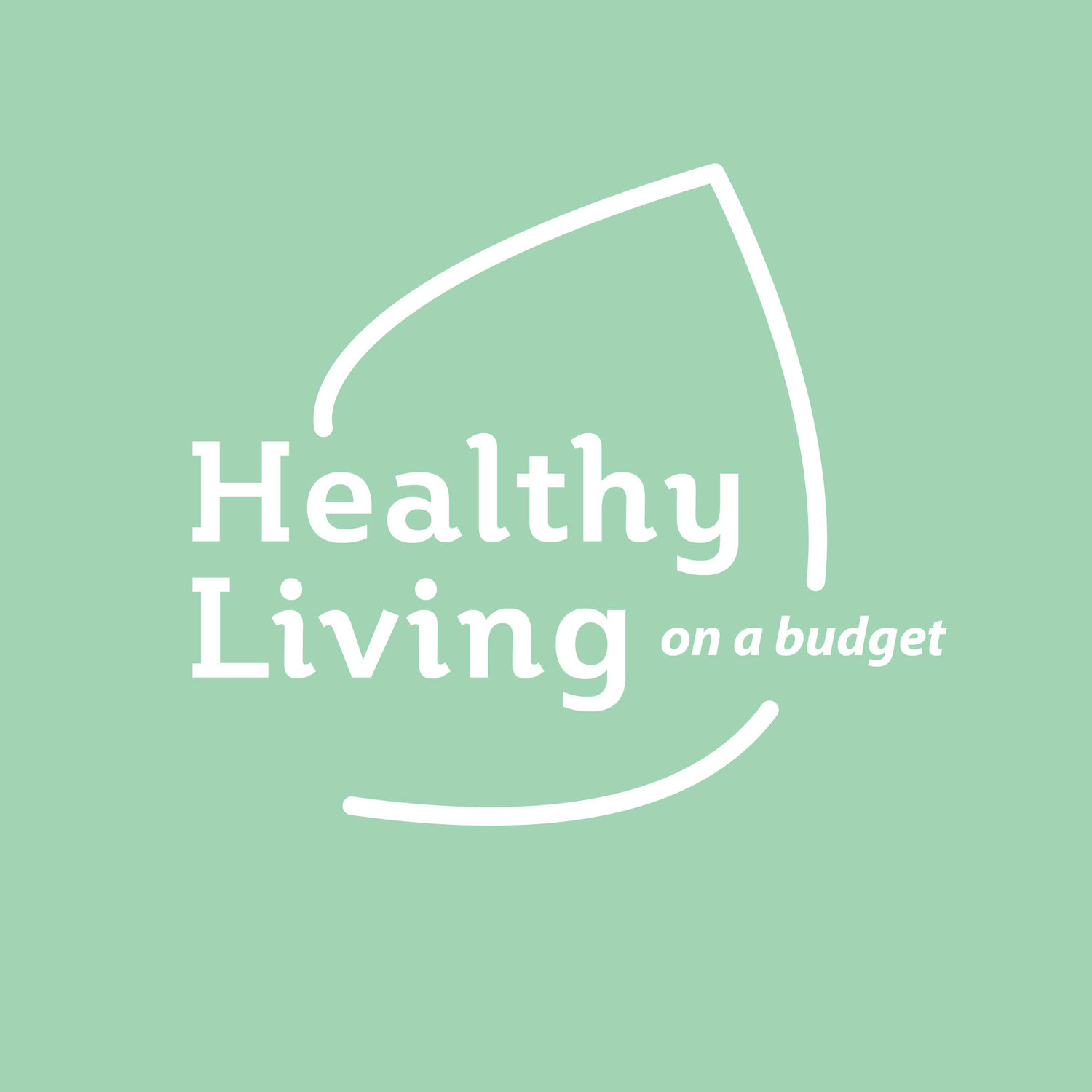Homemade Toothpaste
Healthy Living on a Budget Tip #9
Make your own toothpaste. It can help remineralize your teeth and decrease sensitivity, it can whiten your teeth, and it can help balance pH to create a healthy mouth. And like always, making your own toothpaste allows you to control exactly what goes in it.
We all brush our teeth at least twice a day (well I hope twice a day) every single day of our lives. It’s a mindless habit. So why not make that easy habit a little healthier?
So first, why should we care about toothpaste? We don’t really swallow it right?
Well our mouth is great at absorbing the substances that we put into it. In fact, many vitamins and even medications can be absorbed in the mouth. Knowing that, I like to be really careful about what goes into my mouth, just as I’m careful about the food I eat and what I put on my skin. So I always look for nontoxic ingredients, preferably ones that I could eat.
Let’s take a look at the ingredients of conventional toothpaste, Sensodyne ProNamel Gentle Whitening, one that I have only because it came free with my husband’s toothbrush. I looked it up on the Environmental Working Group’s Skin Deep database and it scores a 4, with the 3 most concerning ingredients being sodium fluoride, flavor, and cocamidopropyl betaine. Take a closer look on the EWG website here.
All of the ingredients in homemade toothpaste generally score a 1 or 2.
Baking soda 1
Bentonite clay 2
Peppermint Essential Oil 1
So homemade toothpaste is cheaper, better for you, and easy to make!
I use 4 different variations of homemade toothpaste.
Activated charcoal
Baking soda
Toothpowder
Toothpaste
Activated Charcoal
Activated charcoal is a natural whitener and it absorbs toxins. I’ve read that it works particularly well at removing surface stains caused by coffee or tea, yay! I use activated charcoal in addition to toothpaste or I use it as a toothpaste by itself. All you do is dip a wet brush into activated charcoal, brush, rinse, brush again with a clean brush, and rinse one last time. 2 warnings: 1) It will make your teeth, lips, and tongue BLACK! But don’t worry, it washes/brushes away; and 2) It seriously stains. I spit it into my sink and have no problems, but if your sink is more porous, you might want to spit it into a trash can or outside.
Baking Soda
Baking soda is a minimally abrasive cleaner that also helps whiten. To keep it simple, I just dip my brush into baking soda and brush like normal. I promise you will get over the taste eventually and it makes the water you rinse with actually taste sweet after.
Tooth powder
Most toothpaste recipes contain coconut oil. I love coconut oil and I believe there a lot of benefits to using it,, but I don’t like messing with hardened coconut oil. So I typically use tooth powder in the fall/winter when my coconut oil is solid. I also use this recipe when I start to worry about clogging the sink drains with coconut oil.
My go-to recipe is Wellness Mama’s remineralizing tooth powder. I LOVE the taste of this one. I modify everything based on the ingredients I currently have. Here’s the recipe for the one I made today.
Ingredients
- 4 Tablespoons Bentonite Clay
- 3 Tablespoons Calcium Powder
- 1 Tablespoon Baking Soda
- 1 tablespoon Cinnamon Powder
- Several drops of clove essential oil (to taste)
- Several drops of peppermint essential oil (to taste)
- Powdered stevia (to taste; I prefer xylitol powder*… but I’m out)
*I grind my xylitol up in my Vitamix or food processor it powder it
Directions
- Add all ingredients to a jar of choice.
- Give it a good shake to mix.
- Use just like any other toothpaste. Use a small spoon to put on your toothbrush or simply dip your toothbrush in the jar.
Toothpaste
Toothpaste recipes all contain similar ingredients. I follow Wellness Mama’s recipe, remineralizing toothpaste, which is very similar to the tooth powder recipe above. Mix the dry ingredients (calcium powder, baking soda, xylitol, essential oils) and then add in coconut oil until you reach the desired consistency. Then I always add a little more xylitol and essential oils at this point to taste. Use like any other toothpaste.
There are hundreds of natural toothpaste recipes online, but they all contain many of the same ingredients. Don’t stress about finding the perfect one. Just try it out and see how it goes. A year and a half ago or so I was seriously worried that I had the beginning of a cavity and my teeth were pretty sensitive. Those thoughts haven’t even crossed my mind in at least a year. My teeth feel great and I don’t think twice about drinking a cold glass of water.
Give it a try and let me know how it goes!
Happy brushing,
Emily
More information about conventional toothpaste:
http://www.mamanatural.com/what-everyone-should-know-about-toothpaste/
More information about homemade toothpastes:
http://articles.mercola.com/sites/articles/archive/2015/04/25/coconut-oil-toothpaste.aspx
This post may contain affiliate links, which means we may receive a small compensation if you make a purchase using our link. But don't worry, we only share products we love! Hope you enjoy!
